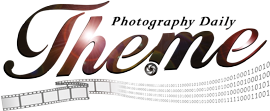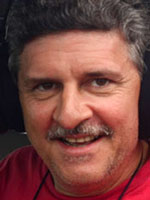
By DIEGO GIUDICE
Sometimes the lack of a picture could be more relevant than any picture. The thought may seem weird, but it’s what popped into my head the last day of October 2010 in Plaza de Mayo in Buenos Aires, where thousands of young people lined up in sorrow to say goodbye to former president Nestor Kirchner, who suddenly, at the age of 60, died of a heart attack, leaving his widow Cristina Fernandez as president.
The president did not allow any pictures of her dead husband. His body was transferred from Patagonia to Buenos Aires in a sealed coffin.
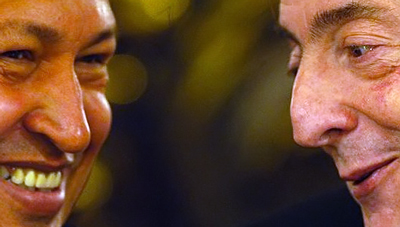
There was not a single picture of Nestor Kirchner dead — for the delight of conspiracy theories lovers who even today believe that the former president is still ruling from the shadows of not his grave through his wife Cristina.
I remembered Kirchner’s death and the photography-prohibition in these days when editing pictures after the death of another South American leader, Venezuelan Hugo Chávez. After 14 years in power, Chávez was defeated by cancer at the age of 58.
In Caracas, like in Buenos Aires a few years before, no photos of dead Chávez were allowed. No photographers (except the ones working for the government) were granted access to the Venezuelan army headquarters where millions mourned the Bolivarian leader.
Take the images of Chàvez lying in state. It is not confirmed to be Châvez — or at least is not confirmed to be a real picture. That is what I heard from wire agencies about it. Question remains, why were independent cameras not allowed in both cases? It was to prevent political enemies using these images for dirty political campaigns? Or successors in power wanted to avoid evidence that any leader, for more power and money they have, it is also human and mortal?
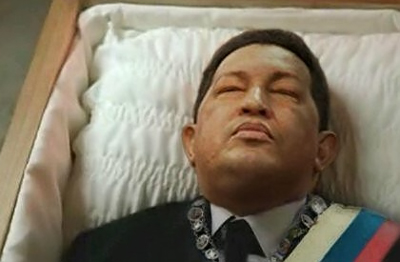
Too many questions and no answers. No official version neither in Buenos Aires nor in Caracas.
And BTW, photo on the left: I was also curious about this picture, because I found it on the Internet but have not seen it in any media. I called friends in charge of news photo agencies in Caracas, none of them dared to use it since there was not source. Guess what would happen to somebody who has taken such a picture and then leaks it to the press?
Chavez and Kirchner, each with their own style, incarnated strongly personalized governments. At the beginning of their governments both were friendly with the press, but when they got enough power to live without the help of journalist, they fought those media they disliked.
For them the press, including photographers, could be replaced by the loyal press, held “captive” by paid official adds and the existence of a large propaganda apparatus.
Both leaders gave the utmost importance to images distributed by official presidential photographers. When Chávez took office in 1999, presidential Miraflores Palace had a small team of photographers. Chávez soon converted them into a real photo agency endowed with more than a dozen well-equipped professionals.
At the same time, independent photographers’ access to the government was narrowing. In more and more situations, the government’s image was provided exclusively by their own photographers and cameramen.
So, no wonder about the lack of cameras at both funerals.
In Venezuela, the political use of photography peaked few weeks before the death of Hugo Chávez. The leader was sick in Havana, Cuba. A couple of months passed without him appearing or speaking in public.
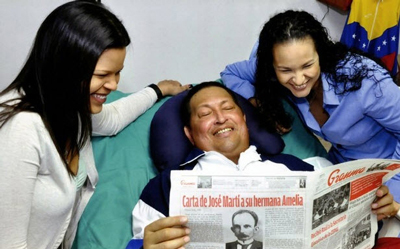
Desperately, the authorities ruling the country in his name resorted to photography: they released an incredible series of images of an ailing but smiling Chávez, wearing a sports jackets reading a Cuban newspaper, along with his two daughters, in the bed of some secret medical facility.
The picture surprised everybody, lovers and critics of the commander alike. But reality was stronger: a few days later Chávez was secretly moved to Caracas where he died.
These curious convalescent-smiling photos in Havana are the last published photos of Hugo Chávez alive.
Then came the non-photography.

